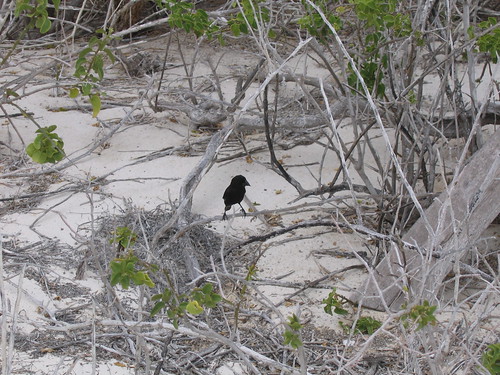This is the blurb:
“Who are the English, the Irish, the Scots and the Welsh? – a ragbag of migrants, reflecting thousands of years of continuity and change. Now scientific techniques can explore this complex genetic jigsaw: ancient Britons and Saxons, Celts and Romans, Vikings and Normans, and the more recent migrations which have created these multicultural islands.
Drawing on the most recent discoveries, this book both challenges traditional views of history and provides new insight into who we are today.”
The book lacks pretty much everything that blurb might lead me to hope for: extensive analysis of the genetic make-up of the British, a surprising new perspective on British history, new insight into how it makes modern Britain what it is.
It’s a readable and up-to-date history of Britain focussing on population movements and demographics, with lots of quotable and surprising snippets. Who knew, for example, that the ‘fitz’ in names like ‘Fitzroy’ was from the French ‘fils de’? Or that among the black population of the UK, Africans now outnumber people from the West Indies? But if you have a broad understanding of the history of these islands, it’s not going to force you to re-evaluate it. And while I enjoyed many bits of it, this kind of large-scale history doesn’t lend itself to a clear narrative thread, and it was definitely putdownable.
